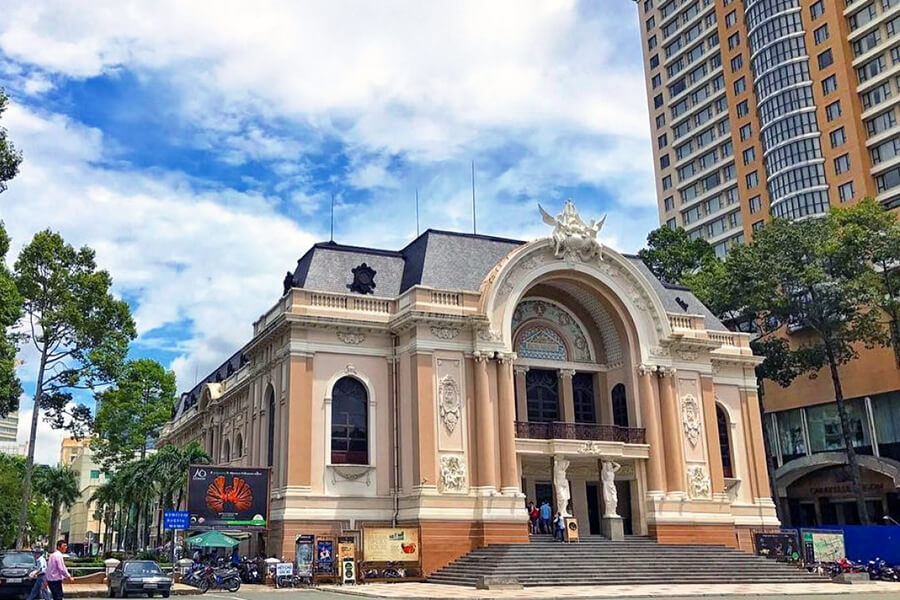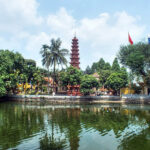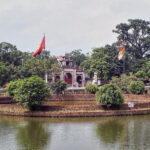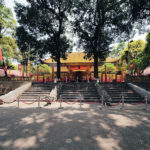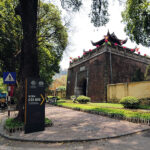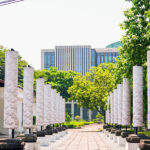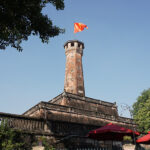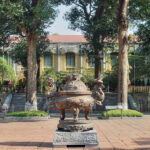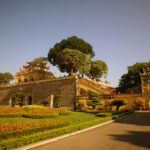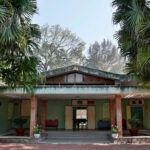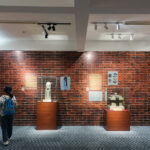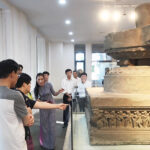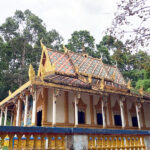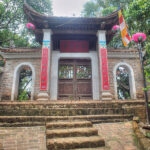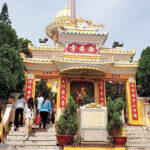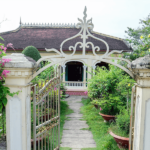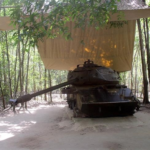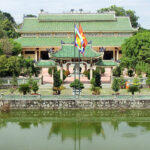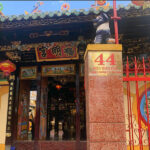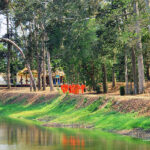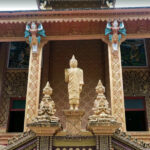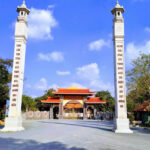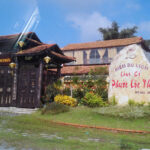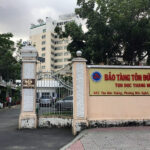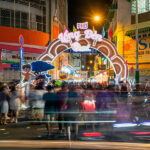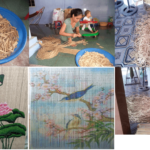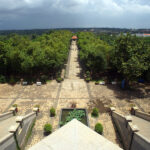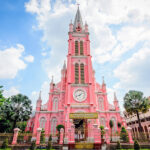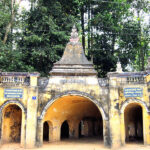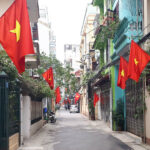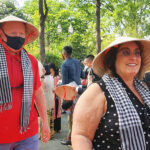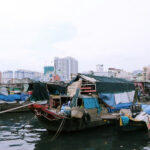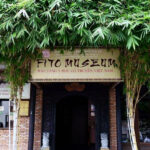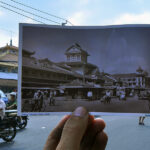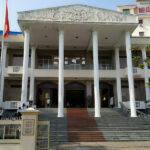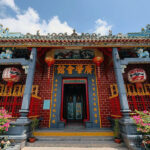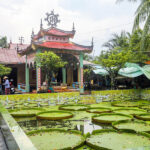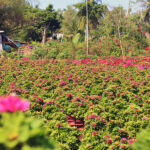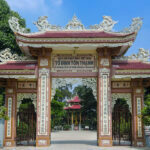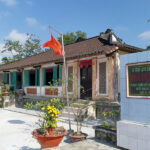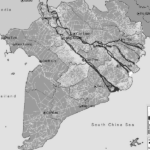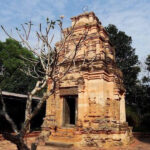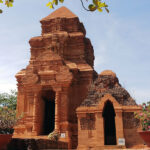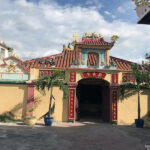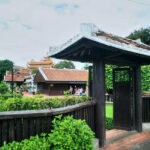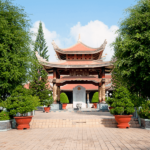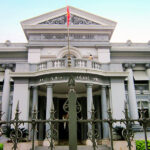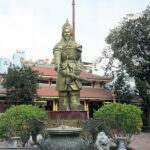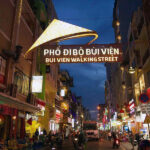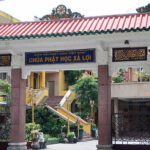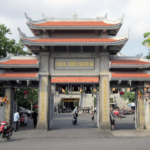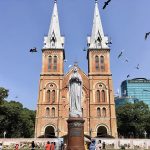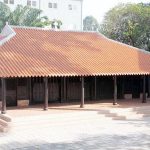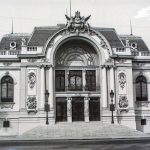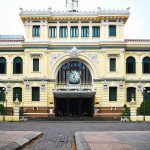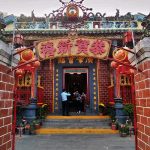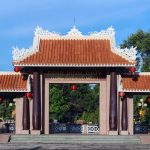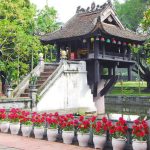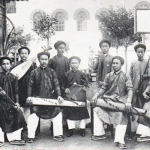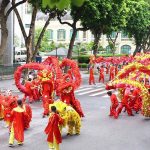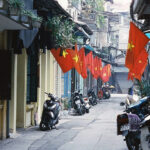The Saigon Opera House as it is, we still see, is a hard work for the purpose of use as well as the decoration, subject to many fluctuations by the time, not peace with the original purpose. The theater was built by the French throughout Indochina, so it is true when we call it “the beauty is buried.”
The current theater architecture, the third public theater architecture, was built by the French in Saigon, before that two theaters were made in the present-day area, Caravelle Hotel. The first building on the site was a wooden theater, built in 1872 but burned in 1881, and was restored the following year with slightly more sustainable materials. Describing this second theater in 1887, Le Figaro newspaper commented: “it is simple and the architecture is very primitive – but it is impossible to burn down!”.
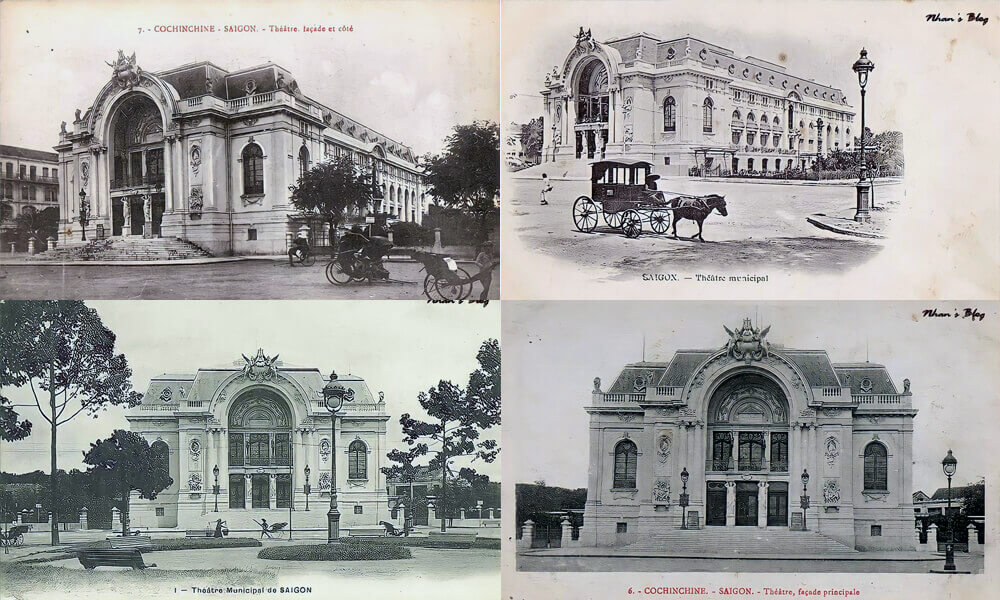
Written in August 1893, the La Revue Hebdomadaire newspaper was more flattering. “It’s so pretty, our Saïgon theatre, with its boxes decorated with hanging plants and its wide verandahs filled with flowers! What more wonderful setting could there be in which to meet pretty ladies wearing the latest fashions, officers in uniforms embroidered in gold, elegant gentlemen, and mandarins dressed in rich silk costumes?”
Then in 1893, the City Council and the colonial government decided that Saigon needed a bigger and more impressive building, one of the places that better reflected the glory of the French empire.
In 1895, a design competition was organized and the submission of three architects – Ferret, Genet and Berger – was on the list. Finally, the judges chose the design of Eugène Ferret, who is said to have inspired the Petit Palais in Paris. Early next year, Ferret’s winning plans for “Grand Theater de Saigon”, a new capacity of 800 seats were displayed at the “Theater and Music” exhibition in Paris in 1896.
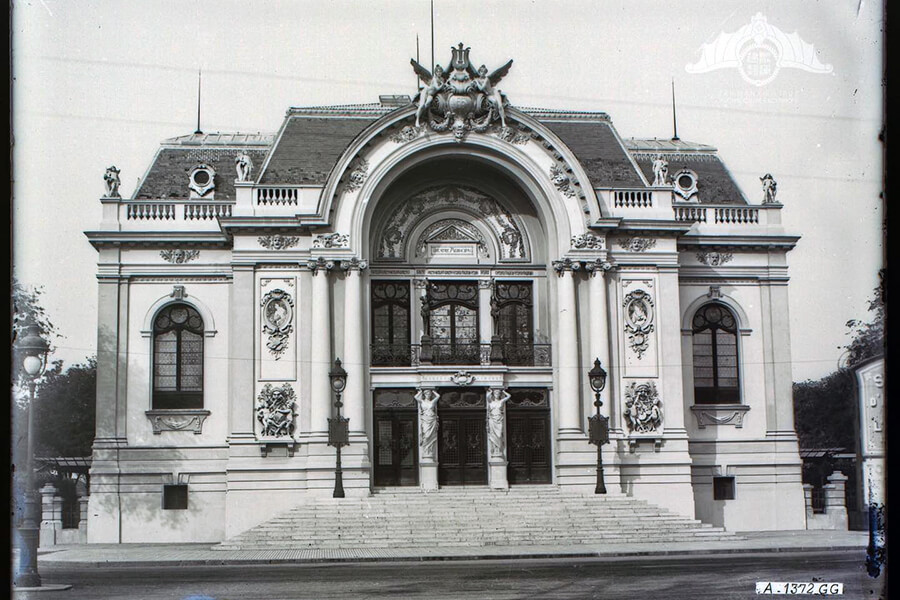
Work began in late 1896, and Saigon’s third and current theatre was completed in late 1899. It was inaugurated on 15 January 1900, in the presence of Saigon mayor Paul Blanchy and Prince Waldemar of Denmark, who was then making a state visit to Indochina. The inaugural performance featured the Asian premiere of Jules Massenet’s opera La Navarraise.
Theater architecture, it can be seen clearly from the architecture of the Petit Palais in Paris at the same time. The façade is made of a large arch divided by 3 doors to welcome guests, decorated with highlights by 2 columns that touch the shape of women following the style of Greece Caryatids at Erechtheion. Above the forehead of the wall under the façade is a mural with 5 goddesses painted on the facade tiles, surrounded a small pediment with carving a goddess and flowers, and below is the words “City Theater” replace the original “Théatre Municipal” from the French period.
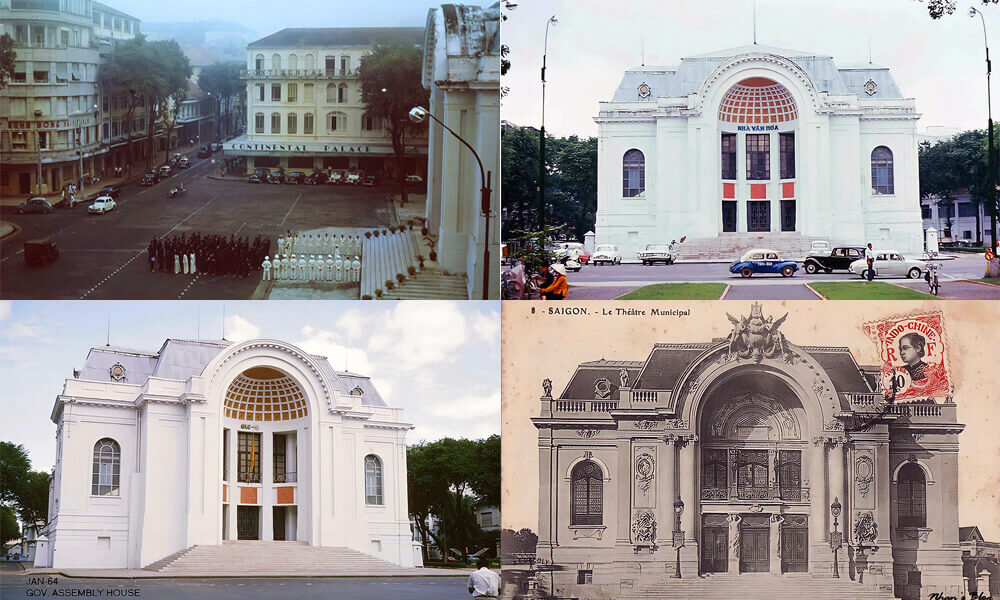
Also along the top of the wall is the relief of the human face and the festoon, which is originally the dramatic mask often seen in the theater. The main highlight of the theater is the statue of two angels sitting side by side honoring the Lyre guitar, which is typical of Roman-Greece myth, below is a cartouche that originally carves two words “RF” (short for Republique Francaises) and below is the head of Pan, the god of country music. All of the façade sculptures and decoration of the façade constitute the “flamboyant” trend of art in France at that time based on Baroque architecture, so the Saigon theater has a different architecture from those of Western theater left over Indochina.
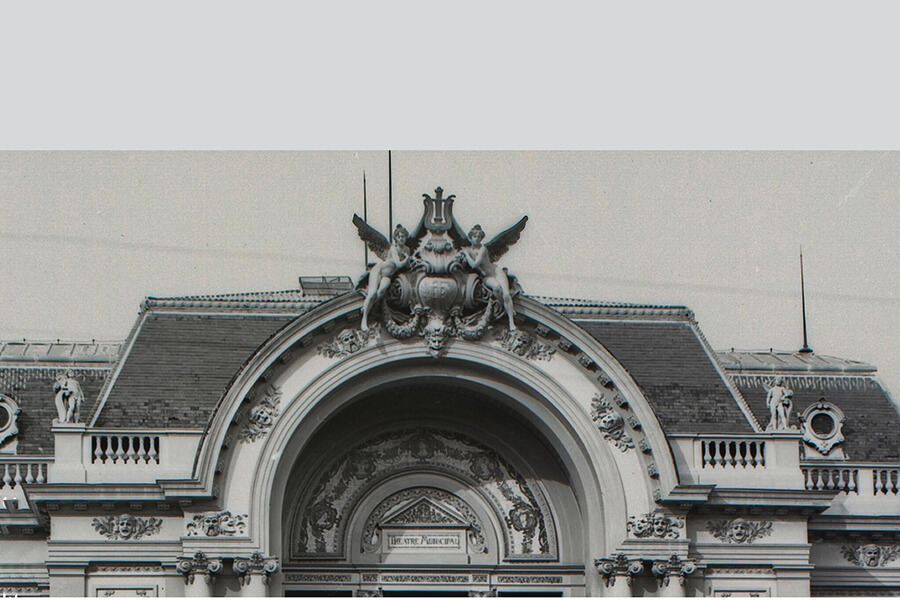
But then after the splendor it was created. When urban tastes change with contemporary art movements, they have changed the 40s building facade into ArtDeco style with new and innovative simple lines both inside and outside, and the building have to remain that image until 1998, which was restored to a “nearly identical” original architecture during the “300 years of Saigon” anniversary. Not only was the architecture changed, the building also changed its function from the theater to the National Assembly, then later the Cultural House and The Lower House, then finally returned to be a city theater…depressed by the fate of Saigon and the South in the past years.

Although now, after the overhaul in 1998 and 2009, trying to return the building to its original state, theater and interior architecture cannot be the same as before. Recently thanks to the modern internet we can easily search the old image of this building and with the clear quality of some photos, it shows that the current patterns of the building are quite wrong and show up not true to the spiritual meaning of the theater, is a major shortcoming in restoring this architectural monument.
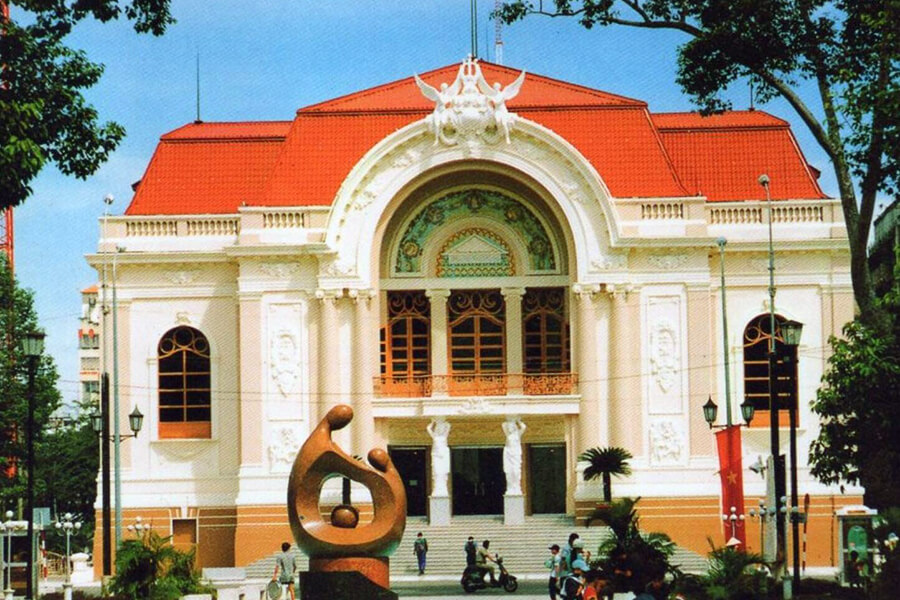
In the main idea of this article, Our page just want to share the history and overall architecture of this magnificent theater, the next appointment will introduce you to read the decoration details of the theater and another period pointing out the architectural deviation of the building, please follow our next part coming soon. The content of article history is referred to Tim Doling’s blog and articles in the newspaper.
Source: Tanmankienthuc
